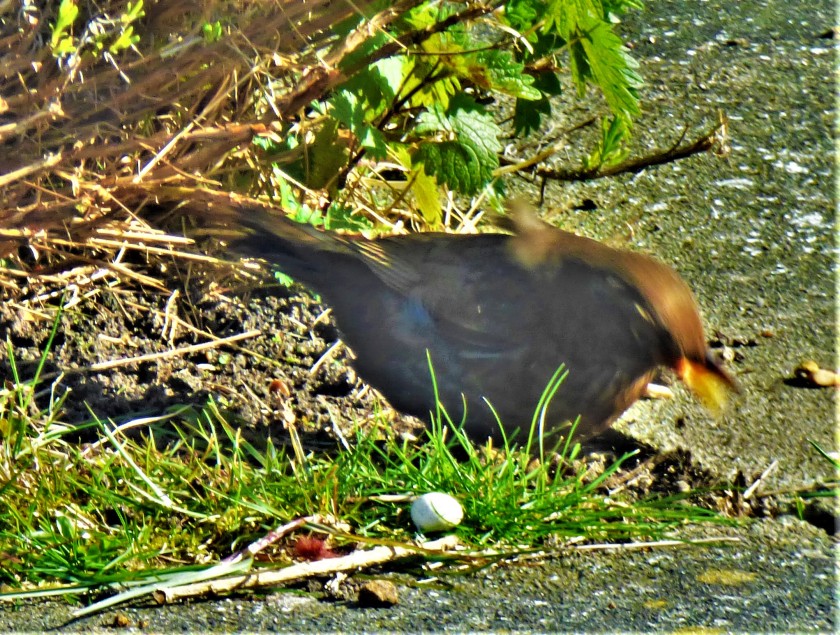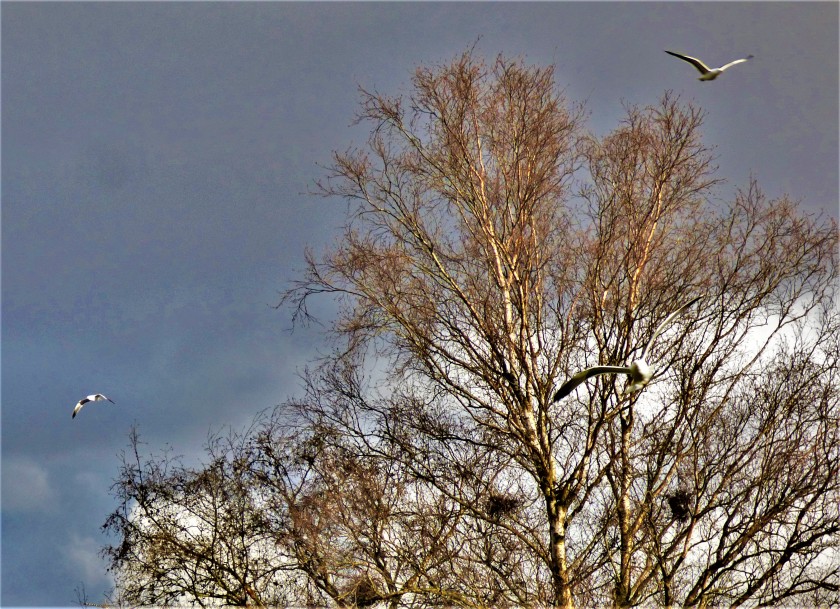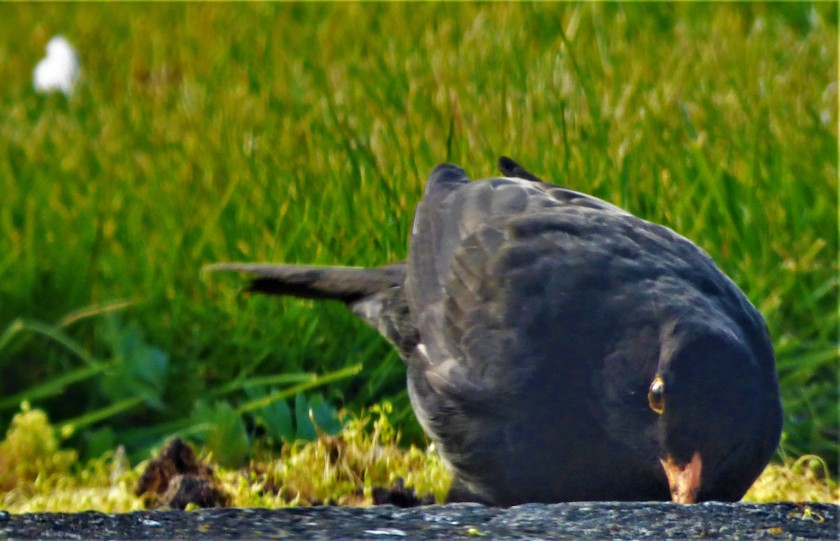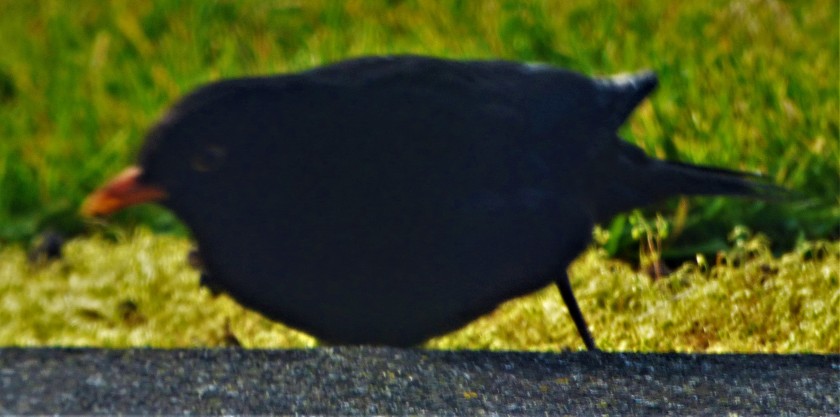INTRODUCTION
Welcome to the next installment in my series of posts about all time XIs. Today we take a virtual trip (real trips not being on the menu any time soon) to the south coast to have a look at Hampshire.
HAMPSHIRE ALL TIME XI
- George Brown – he was not a specialist opener, but he was once selected to the do the job for England, and he was noted among other things for being a fearless player of fast bowling (John Arlott in the eponymous “John Arlott’s Book of Cricketers” describes Brown as the most complete cricketer there has ever been – recognized top order batter, capable wicketkeeper and sometimes effective as a pace bowler). His single most famous of many batting performances came in 1922 at Edgbaston in a match that would never been allowed to appear in a work of fiction (Editor “no way, your readers would never suspend disbelief for that”). Warwickshire batted first and through lusty efforts by Santall and Calthorpe reached a modest seeming 223 all out. Then, in 53 balls, Hampshire were bowled out 15 (which according to Warwickshire wicket keeper Tiger Smith should have been 7 – Tennyson edged a four at catchable height and Smith let four byes through), Howell 6-7 and Calthorpe 4-4. The follow on was duly enforced (teams rarely chose to go in again in such circumstances back then), and Hampshire fared better second time round, but still found themselves 177-6 with only Brown of the recognized batters left. The turn around began with a stand of 85 between Brown and Shirley, but the eighth wicket fell soon after Shirley’s own dismissal, bringing to crease Livsey, the Hampshire wicket keeper who doubled up as skipper Tennyson’s valet. It was then, from 267-8 that the real turnaround commenced. Brown and Livsey, the latter of whom had managed only three double figure innings all season, put on over 177 together before Brown’s innings ended for 172. Livsey and Stuart Boyes continued the resistance, taking Hampshire’s final total to 521, with Livsey completing his maiden first class hundred along the way and finishing unbeaten on 110. A dispirited Warwickshire then folded for 158 so that the side who had been bowled out for 15 in the first dig emerged victorious by 155 runs just about a day and a half later. Later in his career Brown once allowed one of Harold Larwood’s expresses to hit him in the chest and then caught the bowler’s eye and asked “come on Harold, when are you going to be bowl something quick?”.
- Robin Smith – another fearless player of quick bowling. The only serious blot on his copybook is the fact that Shane Warne made him look like a novice, but he was the hardly the only batter of his time about whom that could be said. Although it was not a job he actually did I believe that Smith’s pugnacity and seemingly genuine relish for taking on the quicks would equip him well for opening the innings.
- Robert Poore – an army officer whose main cricketing deeds were performed during two extended spells of leave. The second of these in 1899 saw him record an average of 91.23 for the season, a figure not surpassed until Don Bradman and Herbert Sutcliffe got to work in the 1930s. Poore used the Badminton Book of Cricket, a copy of which adorns my shelves, to teach himself the mechanics of batting. He must also have been at least half decent as an army officer since he eventually reached the rank of Brigadier General.
- Phil Mead – one of the most consistent run scorers ever. He scored more runs for any single team than any one else in history, 48,809 of his 55,000 first class runs being scored for Hampshire, and the 138 centuries he scored for them (out of a total tally of 153 in all first class cricket, the fourth most in history) are also a record for a single team.
- Kevin Pietersen – a perfect middle order counterpart to Mead, being an attacking right hander to the Mead’s more adhesive left hander. Although he equalled the score twice at test level and passed it several times before he was done his finest innings was without doubt the 158 he made at The Oval in 2005 to secure the Ashes that had been in Aussie hands since 1989 – the second most significant innings of 158 played by a South African born batter at The Oval behind D’Oliveira’s (see the Worcestershire post in this series) effort in 1968.
- *Lionel Tennyson – grandson of the poet laureate, a highly popular captain. During the break after Hampshire’s first innings horror show in the Edgbaston game referred to in the context of George Brown the Warwickshire captain Calthorpe approached him and suggested that as the match would clearly be over by then he and Tennyson might enjoy a round of golf. Tennyson said that not only would the match still be going on but that Hampshire would win it, and struck a bet with Calthorpe at outsize odds to that effect (nb for those worried about cricket and betting, while this would definitely not be permissible today each skipper was actually betting on his own team to win – there is no Cronje type story here). Tennyson was another one in this line up who had immense courage. He had an arm broken by Ted MacDonald during one of the 1921 test matches, and scored 63 and 36 batting virtually one handed.
- +Leo Harrison – a long serving wicketkeeper who was also a very useful bat.
- Malcolm Marshall – for my money (although Andy Roberts and Michael Holding would each certainly have their advocates) he was the finest fast bowler of the golden age of West Indies fast bowling. His long service as overseas player for Hampshire helped him to augment the pace he always possessed with a measure of craft and guile, increasing his already considerable stature as a performer.
- Alec Kennedy – 2,874 first class wickets. He spent most his career carrying an otherwise ordinary bowling attack.
- Peter Sainsbury – a slow left armer whose wickets came at 24 runs a piece. He was the main spinner when Hampshire won their first county championship.
- Derek Shackleton – only one bowler has ever taken 100 or more first class wickets in each of 20 successive seasons, and it is he. Only Rhodes who achieved the feat 23 times in his extraordinary career took 100 or more in a season more often than Shackleton.
This team has a splendid top five, an inspiring captain who could do his part from no 6, a keeper who could bat and four splendid bowlers plus George Brown’s pace. It is somewhat deficient in the spin department by my standards, but that is because Shaun Udal, the most obvious second choice Hampshire spinner paid 32 runs per wicket and in view of the fact that neither Kennedy nor Shackleton were especially quick I wanted some extra pace, which meant choosing Marshall as overseas player rather than Warne.
Similarly, in the matter of openers, where I have named two who were not specialists at that job. The trouble is that the only three Hampshire openers I could think of with really top records were Roy Marshall, Barry Richards and Gordon Greenidge, two West Indians and a South African. I could had I fancied taking a legalistic approach have legitimately argued that Roy Marshall was more akin to a “Kolpak” than a true overseas player (except that unlike far too many real “Kolpaks” he genuinely was top class), but I did not consider that in the spirit of my self set rules for this exercise. For those wondering about the absence of David Gower the simple truth is that his best days as a player were behind him by the time he moved from Leicestershire, and it will be when it comes to that county the he features in a team.
PHOTOGRAPHS





















